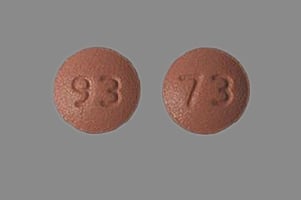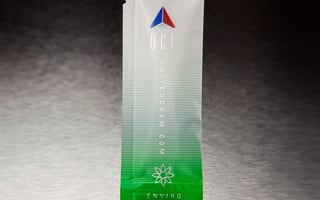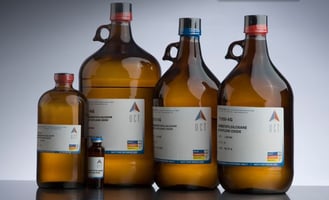Researchers investigated and validated a method for the extraction and analysis of zolpidem and its...
Common Challenges Faced During PCR
Navigating Common Challenges in PCR: Tips and Insights
Polymerase Chain Reaction (PCR) is an indispensable tool in molecular biology, allowing researchers to amplify DNA sequences with remarkable precision. However, like any scientific technique, PCR is not without its challenges. Whether you're a seasoned scientist or a curious novice, understanding these potential pitfalls can enhance your PCR experiences. Let's delve into some common challenges faced during PCR and explore how to overcome them.
The Art of Primer Design
Primer design, a foundational step in PCR, is a crucial aspect that can significantly impact the success of your experiments. Primers, short strands of nucleotides that initiate DNA synthesis, need to be specific to the target sequence without forming secondary structures or dimers. This is both an art and a science. By aiming for a primer length of 18-25 nucleotides and ensuring a balanced GC content, you can enhance the specificity of your PCR. Utilizing online tools and databases can provide a solid starting point for primer design, empowering you to ensure specificity while minimizing the risk of unwanted reactions.
Template Quality and Quantity
The quality and quantity of the DNA template can significantly impact PCR's success. Contaminants such as proteins, RNA, or even residual ethanol from purification steps can inhibit the reaction. Ensuring your DNA is pure and at an optimal concentration is critical. Too little DNA may lead to weak signals, while too much can cause non-specific bands. A quick quality check with a spectrophotometer can save time and frustration in the long run.
The Temperature Tango
PCR relies on precise temperature changes to denature DNA, anneal primers, and extend new DNA strands. Achieving the perfect temperature balance can be tricky. If the annealing temperature is too high, primers may not bind efficiently, whereas a temperature that is too low can lead to non-specific binding. Conducting a gradient PCR can help determine the optimal annealing temperature for your specific primers and template.
Mastering the Mix
The reaction mix in PCR is a delicate balance of components: DNA polymerase, dNTPs, MgCl2, and buffer, among others. Each component plays a crucial role, and their concentrations need careful optimization. For instance, too much MgCl2 can boost polymerase activity and enhance non-specific amplification. On the other hand, insufficient dNTPs may stall the reaction. Starting with a standard protocol is advisable, but don't shy away from tweaking the concentrations based on your specific experimental needs.
Dealing with Inhibitors
Sometimes, the template DNA might come from complex sources like soil, blood, or plant tissues, which contain inhibitors that can affect PCR performance. In such scenarios, using a robust DNA polymerase resistant to inhibitors or employing purification steps to clean up the DNA can make a significant difference.
Conclusion
While PCR is a powerful technique, it comes with its challenges. However, these challenges are not insurmountable. Researchers can troubleshoot effectively and improve their PCR outcomes by understanding the nuances of primer design, template quality, reaction conditions, and potential inhibitors. Experimentation and patience are key. As you hone your PCR skills, remember that each challenge is an opportunity to learn and refine your approach. This resilience and determination will lead to successful PCR outcomes.
Navigating the world of PCR may not be essential for everyone, but for those in molecular biology, mastering these challenges can unlock new insights and possibilities. Happy amplifying!






